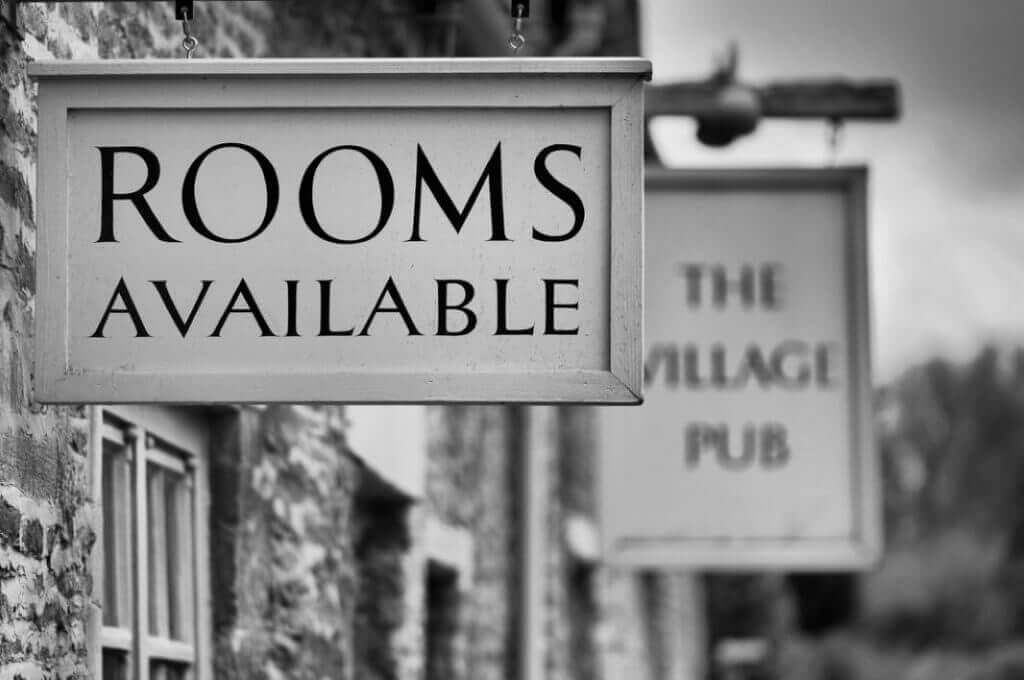
The central reservation system (CRS) that hotels know today dates back to the 1950s, following a chance encounter between the CEO of American Airlines and a senior IBM sales representative. The earliest versions of a CRS debuted in the 1960s, and by the following decade, hotels had begun widely using that technology.
In the subsequent decades, the CRS has evolved from a rudimentary system into a complex, interconnected network that can manage rates and reservations and distribute them across a multitude of channels, including OTAs, GDS, metasearch and more
But as the market keeps expanding its distribution channels, hotels have struggled to optimize their most profitable one: their hotel website. With third-party bookings often taking large commissions, profit margins keep getting slimmer and slimmer.
In response, many hotels realized that increasing their share of direct bookings is the key for successful revenue strategy, but where to start?
It starts with rethinking the entire concept of a CRS.
From CRS to dynamic e-commerce platform
The technology that runs hotel websites and booking engines hasn’t changed much since the early 2000s. At present, it’s a disjointed and cumbersome system, functional in its ability to make reservations, but less so in its ability to compete with more advanced technologies.
One of the biggest issues is the isolation between the booking engine and hotel website. The CRS generally speaks only to the booking engine, and this segregation creates a booking experience that is out of sync with how modern travelers book travel.
Today’s traveler visits an average of just 4.4 unique sites before booking. Therefore, if your hotel is part of that search process, you have to offer an optimal user experience, which includes making it easy for travelers to check prices. But CRS systems provide room rates only after a traveler has put dates into the booking engine.
In some cases, the website and booking engine are also visually different, creating a clunky transition between the two. If users click away from the booking engine to browse the website again, their previous date inputs are lost and they have to restart their rate search.
The central reservation system we know today needs to evolve. Hotels must treat the CRS, booking engine, and website as a singular e-commerce entity—a dynamic system designed not just to play the role of the reservationist, but also the role of the salesperson.
In short, the CRS of today must be conversion-driven.
The CRS as a conversion machine
The OTAs have become masters of conversion, largely because they spend huge amounts of time and money to test and optimize their sites.




